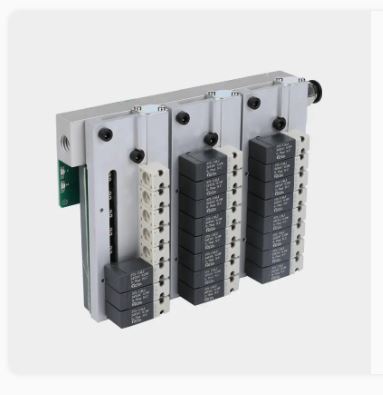
How Combination Valves Regulate Brake Pressure for Better Performance
Combination valves are an essential component of a brake system, and they are designed to regulate the brake pressure for better performance. These valves combine several functions into a single unit, making them an important part of the brake system. In particular, combination valves help to ensure that the front and rear brakes are balanced and that the brake pressure is evenly distributed to all four wheels.
One way that combination valves regulate brake pressure is through the use of a proportioning valve. This valve is designed to limit the amount of pressure that is applied to the rear brakes, which helps to prevent the rear wheels from locking up and causing the vehicle to skid. By limiting the pressure to the rear brakes, the proportioning valve helps to ensure that the front and rear brakes work together in a balanced way.
Another way that combination valves regulate brake pressure is through the use of a pressure differential switch. This switch is designed to monitor the pressure differential between the front and rear brakes. If the pressure differential becomes too great, the switch will activate and reduce the pressure to the front brakes. This helps to prevent the front wheels from locking up and causing the vehicle to skid.
Overall, combination valves play an important role in regulating brake pressure for better performance. By ensuring that the front and rear brakes are balanced and that the pressure is evenly distributed to all four wheels, combination valves help to improve the overall braking performance and safety of the vehicle.

 English
English 简体中文
简体中文



